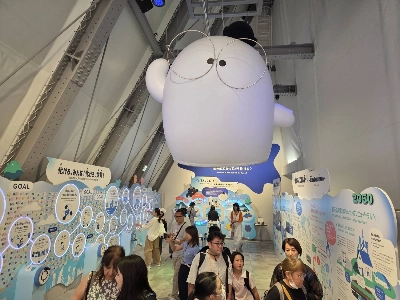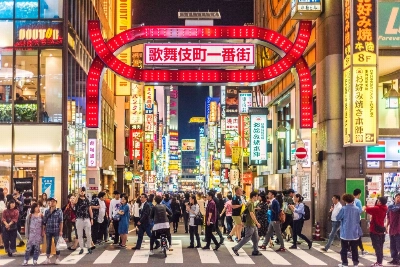A government panel has proposed that some Lake Biwa canal facilities in western Japan be collectively designated as a national treasure.
Five of the canal facilities, which were built to help carry water from Japan's largest freshwater lake located in Shiga Prefecture to the city of Kyoto, were recommended Friday by the Council for Cultural Affairs to become a new addition to Japan's list of national treasures.
The five include the Suirokaku Aqueduct built within the grounds of Nanzenji Temple in the city of Kyoto.
The panel also recommended that the former main building of the Keage hydroelectric power plant and 18 other Lake Biwa canal-related sites be collectively added to Japan's list of important cultural properties.
Incorporating the most advanced civil engineering technology during the mid-Meiji period in Japan, the Lake Biwa canal facilities not only played key roles in water infrastructure and power generation, but also in irrigation and waterway transportation.
The council also proposed designating the Tower of the Sun in Suita, Osaka Prefecture, which was the symbol of the 1970 World Exposition in Osaka, and six other sites as important cultural properties.
The tower, designed by the late artist Taro Okamoto, was part of a pavilion on the event's theme of "Progress and Harmony for Mankind."
Featuring state-of-the-art technologies of the time to bring Okamoto's design to life, the tower is now considered a key legacy of the 1970 Expo that symbolized Japan during a period of high economic growth.
The designations are expected to be approved soon, taking the total number of sites on the important cultural property list to 2,597, including 233 national treasures.




















With your current subscription plan you can comment on stories. However, before writing your first comment, please create a display name in the Profile section of your subscriber account page.